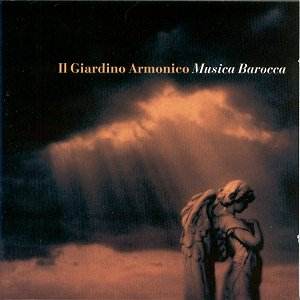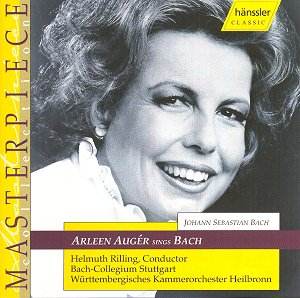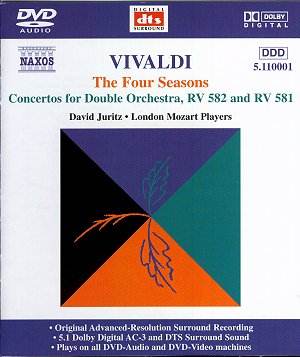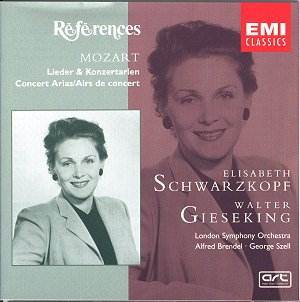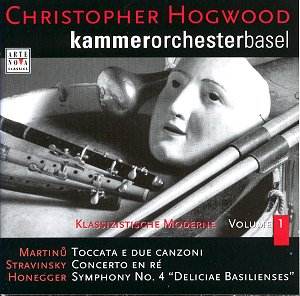 Composer: Arthur Honegger
Composer: Arthur Honegger
Works: Symphony No. 4 “Deliciae Basilienses” (1946), Toccata e Due Canzoni (Bohuslav Martinů, 1946), Concerto in Ré (Igor Stravinsky, 1946)
Performers: Kammerorchester Basel, Christopher Hogwood (conductor)
Recording: Live from Radio Studio Zurich, Switzerland, 8-9 March 2001
Label: Arte Nova 74321-86236-2
Arthur Honegger stands as a pivotal figure in the early 20th-century music landscape, often viewed through the lens of his association with the group Les Six and his adeptness at blending French impressionism with more robust, neoclassical structures. His Fourth Symphony, subtitled “Deliciae Basilienses,” was commissioned to celebrate the 20th anniversary of Paul Sacher’s Basler Kammerorchester, a group that has been instrumental in premiering and disseminating many modern works. Composed in 1946, the symphony reflects Honegger’s ongoing exploration of form and character, though it does not attain the same level of recognition as his earlier masterpieces.
The performance by the Kammerorchester Basel under Christopher Hogwood is a mixed affair. Hogwood, known for his historically informed performances, brings a certain clarity to the orchestra, yet this recording often feels constrained. The string sound, while defined, lacks the depth and richness that one might expect from Honegger’s orchestration, particularly in the slow movement where the thematic material demands a more resonant interpretation. The woodwinds, prominent in their roles, struggle to infuse color into the somewhat pedestrian lines of the second movement, which is marked by its lyrical aspirations but ultimately feels underwhelming in execution.
The engineering quality of this recording is commendable, capturing the ensemble’s sound with clarity. However, it does not quite compensate for the lack of dynamism in the performance. The crispness of the strings in the outer movements is somewhat offset by an overall thinness that detracts from the symphony’s emotional weight. Honegger’s orchestration, which should evoke a vivid emotional spectrum, instead comes across as tepid. For instance, the more dramatic passages lack the necessary intensity and contrast that would allow them to resonate with the listener.
In juxtaposition with other recordings of Honegger’s works, such as the renowned interpretations by Jean Martinon or the more recent ones by the Orchestre National de France, this performance falls short of capturing the symphonic vigor and thematic development that characterize Honegger’s oeuvre. The Toccata e Due Canzoni by Martinů, performed here with spirited enthusiasm, somewhat salvages the disc. Hogwood’s experience with the piece yields an energetic performance, particularly in the piano part, which Florian Hölscher executes with notable vigor. The Stravinsky Concerto in Ré finds its footing in the hands of the Kammerorchester, though some may lament the absence of a richer tonal palette to fully realize its angularity and rhythmic complexity.
The disc, while containing moments of interest, reveals more of a workmanlike approach to its repertoire rather than a celebration of the compositional brilliance within. The accompanying documentation, featuring original program notes from both Honegger and Martinů, is a valuable addition that enhances the listener’s understanding of the context surrounding these works. This volume serves as an introduction, hinting at greater discoveries in the subsequent offerings of the Sacher legacy, yet it leaves one yearning for a more incisive realization of Honegger’s symphonic vision. The overall impression is that while the recording is worth exploring for its insights into Martinů and Stravinsky, Honegger’s Fourth Symphony remains a modest contribution to his body of work, lacking the vitality and depth that his best compositions command.
